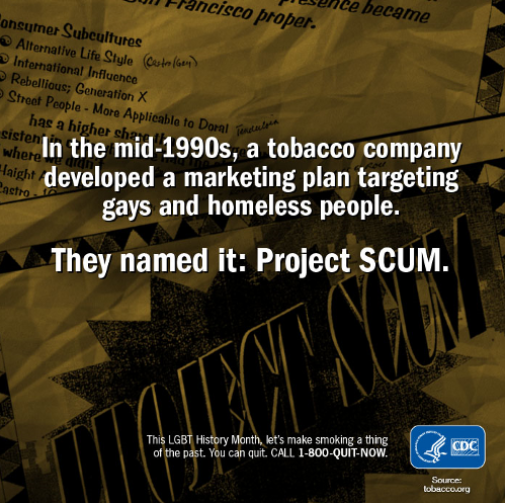 Pride Month is celebrated every June to promote the dignity, equality and increased visibility of the LGBTQ+ community. The tobacco industry has turned it into an opportunity to exploit LGBTQ+ lives for profit.
Pride Month is celebrated every June to promote the dignity, equality and increased visibility of the LGBTQ+ community. The tobacco industry has turned it into an opportunity to exploit LGBTQ+ lives for profit.
Over the past 30 years, major tobacco companies have tried to present themselves as allies to LGBTQ+ communities through representation in tobacco ads, sponsorship of Pride events, and financial support to HIV/AIDS organizations. The driving goal of those efforts was to make smoking an accepted part of queer culture – to boost sales by addicting these marginalized communities to a product that kills half the people who use it. And their strategy worked. While the prevalence of stressors such as stigma, prejudice and discrimination most certainly contribute to the disproportionately high smoking rates among lesbian, gay, bisexual and transgender people, the tobacco industry’s targeted marketing has also played a significant role.
- The tobacco industry markets menthol cigarettes directly to LGBT populations.
- Approximately 36% of LGBT smokers report smoking menthol cigarettes compared to 29% of heterosexual smokers. Menthol makes it easier to start smoking and harder to quit.
- LGBT adults smoke at rates up to 2.5 times the rate of heterosexual adults
- Overall, 20.6% of LGB adults and 35.5% of transgender adults smoke cigarettes compared to 14.9% of heterosexual adults
- Bisexual women are up to 3.5 times more likely to smoke, try their first cigarette at a younger age and have a higher nicotine dependence than heterosexual women.
- Over 10% of LGB high school students smoke cigarettes – more than twice the percentage of their heterosexual peers
The internal documents of R.J. Reynolds, the parent company of Camel, revealed just how little the company valued the lives of those they were targeting. In 2000, the company’s confidential documents labeled “Project SCUM” (Subculture Urban Marketing) were leaked to the press, revealing plans for an ad campaign in San Francisco targeting young gay men in the Castro and the homeless in the Tenderloin. This is just one example of the industry’s sustained and targeted marketing to LGBTQ communities.
The LGBTQ+ community’s fight for justice and equality includes the right to live healthy lives. It’s time to recognize the tobacco industry’s tactics to engage this increasingly influential community as the profit-making strategy it is. It’s time to recognize that the tobacco industry is a friend to no one.
Sources:
Lesbian, Gay, Bisexual, and Transgender Persons and Tobacco Use | CDC Accessed June 23, 2021
Tobacco use in LGBT communities (truthinitiative.org) Accessed June 23, 2021
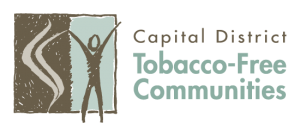
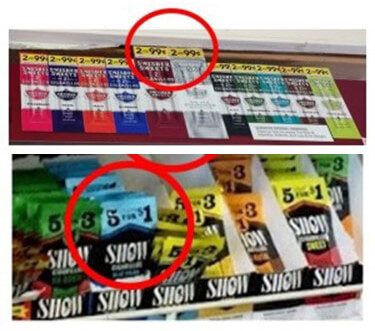
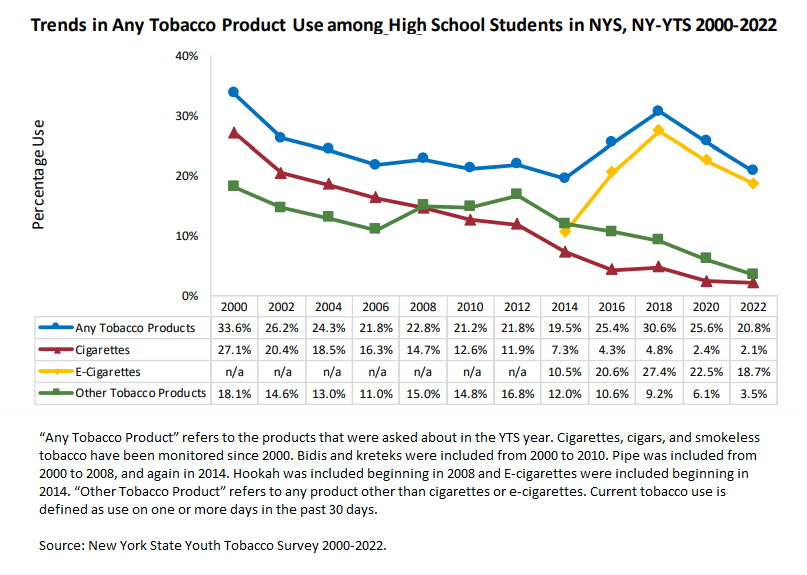
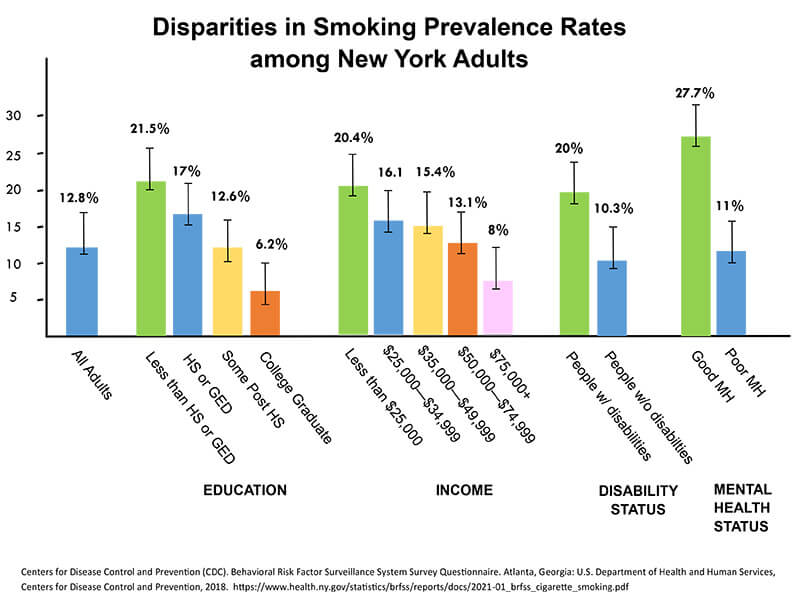
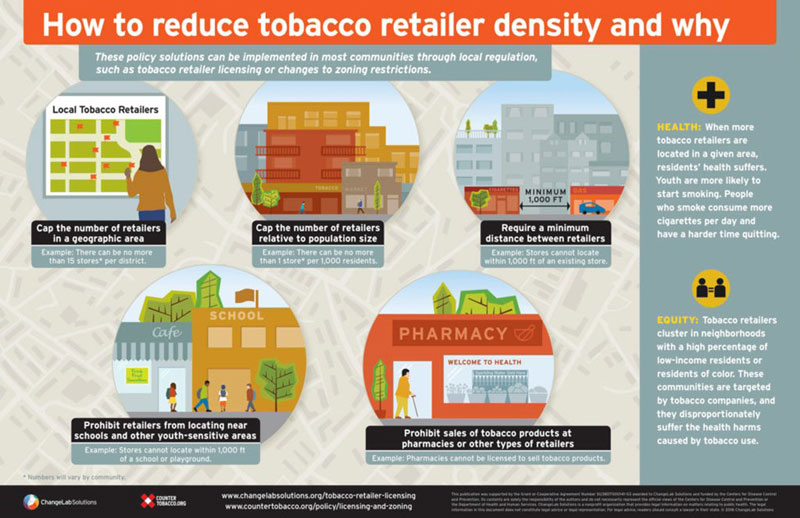
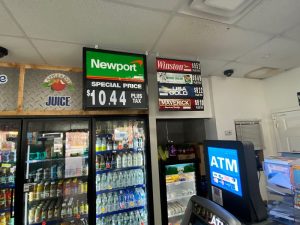

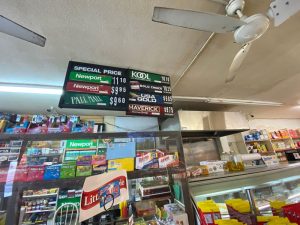
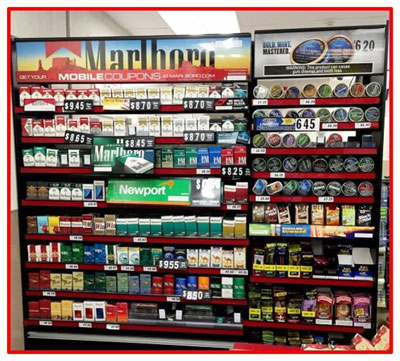 To the left is a typical tobacco product display. If you don’t use tobacco, you may not even notice, but kids do. Kids see. Kids notice. Kids remember. In fact, kids are more than twice as likely as adults to notice and remember retail tobacco marketing.
To the left is a typical tobacco product display. If you don’t use tobacco, you may not even notice, but kids do. Kids see. Kids notice. Kids remember. In fact, kids are more than twice as likely as adults to notice and remember retail tobacco marketing.